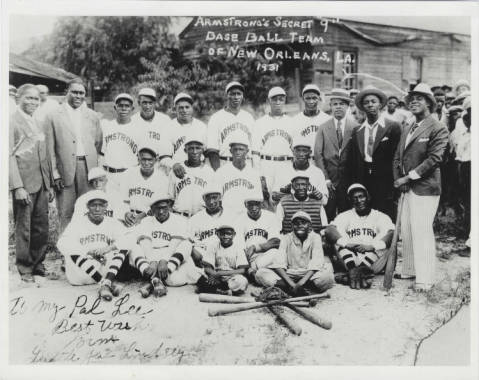The modal experimentation in Miles Davis’ classic albums Milestones and, especially, 1959’s Kind of Blue seemed to come out of nowhere. Along with similarly groundbreaking releases at the end of the fifties, these records irrevocably changed the sound of jazz. But hardcore jazz fans, and cinephiles, would have seen the development coming, having heard Davis’ soundtrack to Louis Malle’s 1958 crime thriller Elevator to the Gallows (Ascenseur pour l’Echafaud—trailer below). As the story goes, Davis happened to be in Paris in 1957 during the film’s postproduction to perform at the Club Saint-Germain. Malle’s assistant—perhaps inspired by the moody jazz soundtracks of films like Roger Vadim’s Does One Ever Know and Alexander Mackendrick’s Sweet Smell of Success—suggested Davis to the director. After a private screening of the film, the trumpeter and composer agreed to take the gig. It was Davis’ first soundtrack and Malle’s first feature film.
At the top of the post, we have the great privilege of seeing—and hearing—Miles and his four sidemen record the soundtrack, live. The two-day session took place at Le Post Parisien Studio in Paris on December 4th and 5th. According to Discogs, “Davis only gave the musicians a few rudimentary harmonic sequences he had assembled in his hotel room, and once the plot was explained, the band improvised without any precomposed theme, while edited loops of the musically relevant film sequences were projected in the background.”
The filmed session is captivating; Davis and band stare intently at the screen and, on the spot, create the film’s mood. (In the second half of the clip, the filmmakers banter in French about the production while Davis plays in the background.) Seeing this footage, writes Dangerous Minds, is akin to “watching Picasso paint.” Furthermore, “it could be argued that Malle’s cinematic style and the unique pacing and character of this particular film—which Miles obviously had to conform to in order to score it properly—had a noticeable influence on his music.”
Miles would say as much, claims his biographer Ian Carr, telling Malle “a year or two later” that “the experience of making the music for the film had enriched him.” Critic Jean-Louis Ginibre wrote in Jazz magazine at the time that Davis “raised himself to greater heights” during the sessions, “and became aware of the tragic character of his music which, until then, had been only dimly expressed.” For his part, Malle remarked, “Miles’s commentary—which is of extreme simplicity—gives a really extraordinary dimension to the visual image.” Fans of the film will surely agree. Fans of Miles Davis may want to rush out and get their hands of a copy of the score. (You can find a diminished copy on Youtube here). It was never released in the U.S., but ten songs appeared stateside on an album called Jazz Track. While the soundtrack may not work as well without the images (Allmusic describes some numbers as “rather sterile”), it nonetheless provides us with a kind of missing link between Davis’ fifties hard bop and the cool jazz he pioneered the following decade in his most-lauded, best-selling album, Kind of Blue.
via Dangerous Minds/Discogs/
Related Content:
The Miles Davis Story, the Definitive Film Biography of a Jazz Legend
Josh Jones is a writer and musician based in Durham, NC. Follow him at @jdmagness


